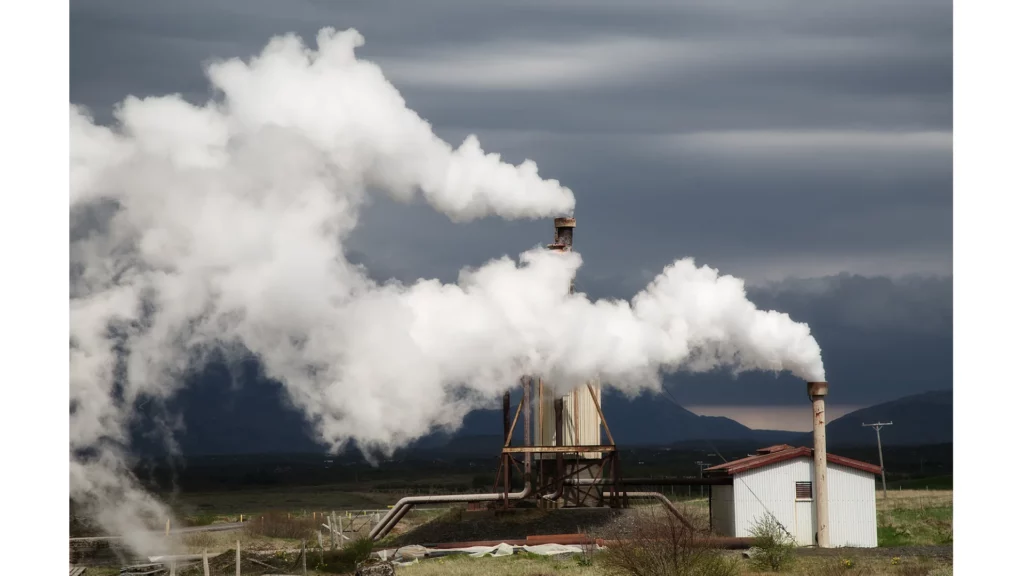Benefits and Future of Geothermal Energy
Geothermal energy, derived from the Earth's internal heat, represents a cornerstone in the quest for sustainable and clean energy solutions.
As the world grapples with the twin challenges of escalating energy demands and the urgent need to curb carbon emissions, geothermal energy emerges as a pivotal player in the renewable energy spectrum.
This exploration sheds light on the multifaceted benefits, technological innovations, and the promising horizon of geothermal energy.
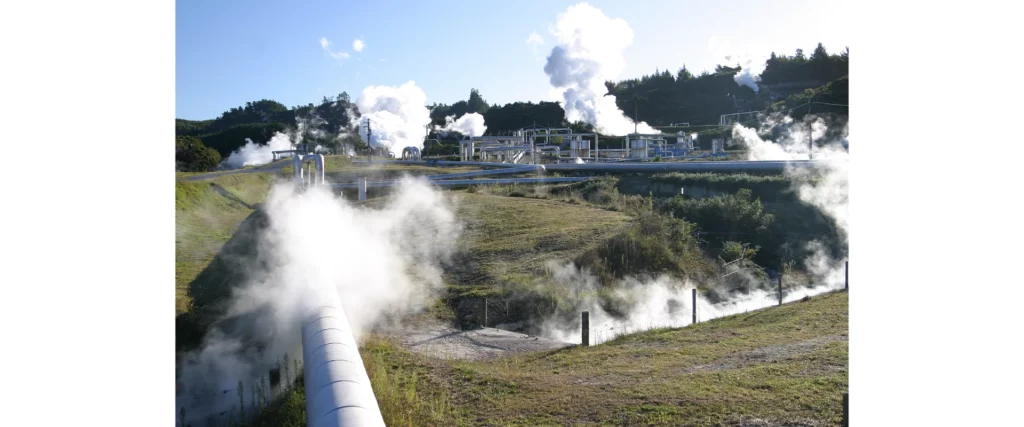
Benefits of Geothermal Energy
Geothermal energy stands out among renewable resources for its unique advantages, offering a sustainable solution to global energy challenges.
Here we outline the key benefits of geothermal energy that underscore its importance and potential:
- Environmental Benefits:
- Low Greenhouse Gas Emissions: Compared to fossil fuels, geothermal energy significantly reduces carbon footprint, contributing to climate change mitigation.
- Minimal Land Use: Geothermal energy production has a relatively small land footprint, preserving natural habitats and biodiversity.
- Sustainable Resource: The Earth's geothermal energy is virtually inexhaustible on a human timescale, providing a reliable source of clean energy.
- Economic Advantages:
- Cost-Effectiveness: While initial investment costs can be high, geothermal energy systems have low operating and maintenance costs, leading to long-term savings.
- Job Creation: The development of geothermal energy creates jobs in drilling, construction, plant operation, and maintenance, boosting local economies.
- Energy Security: By utilizing local geothermal resources, regions can reduce dependency on imported fuels, enhancing energy independence.
- Reliability and Efficiency:
- Consistent Energy Supply: Unlike solar and wind energy, geothermal energy is not subject to weather conditions, offering a stable and reliable power source around the clock.
- High Efficiency: Geothermal heat pumps for heating and cooling are incredibly efficient, reducing energy consumption and costs.
- Versatility:
- Broad Application Range: Geothermal energy can be used for large-scale power generation, residential heating and cooling, and in various industrial processes.
- Global Potential: Every region has some form of geothermal resources, making geothermal energy a viable option worldwide, albeit with varying degrees of accessibility and efficiency.
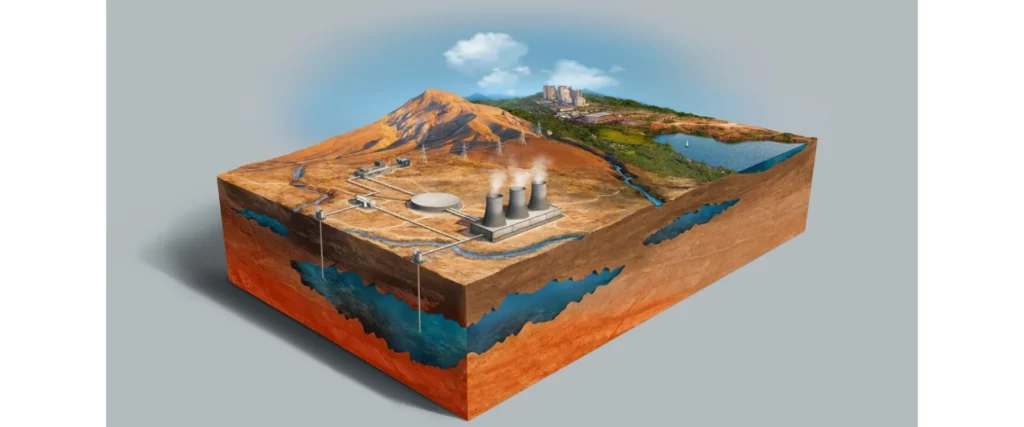
Geothermal Energy: Harnessing the Earth's Endless Warmth
At the core of geothermal energy is the Earth's limitless heat, a byproduct of radioactive decay and the residual warmth from the planet's formation.
This section expands on the mechanics, applications, and global footprint of geothermal energy.
Expanding the Scope of Geothermal Applications
Geothermal energy's versatility extends far beyond electricity generation and heating:
- Agricultural Enhancement: Geothermal water promotes year-round agriculture through greenhouse heating, enabling crop cultivation in otherwise inhospitable climates.
- Aquaculture: Warm geothermal water supports the breeding of various fish species, contributing to sustainable aquaculture practices.
- Industrial Processes: The food and beverage industry benefits from geothermal energy in drying processes, ensuring efficient and eco-friendly production methods.
Global Reach and Impact
- Worldwide Deployment: Countries around the globe, from Iceland to Indonesia, harness geothermal energy, leveraging their unique geological features for national benefit.
- Energy Security: Geothermal energy enhances energy independence, reducing reliance on imported fuels and contributing to a more stable and secure energy supply.
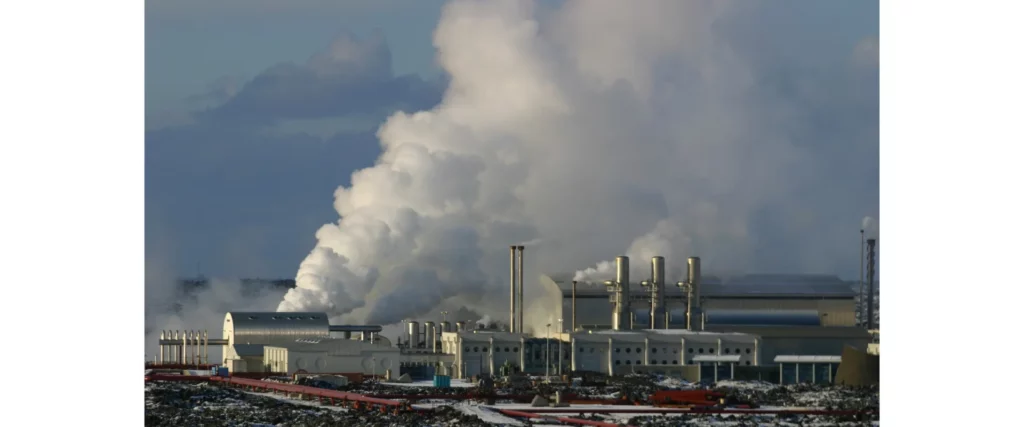
Technological Frontiers in Geothermal Energy
The relentless pursuit of innovation drives the evolution of geothermal energy, with research focusing on enhancing efficiency, reducing costs, and expanding the technology's applicability.
Breakthroughs and Innovations
- Advanced Drilling Techniques: Innovations such as directional drilling and enhanced geothermal systems (EGS) unlock new geothermal resources, making previously inaccessible energy stores available.
- Power Plant Efficiency: Cutting-edge turbine and plant designs increase the conversion efficiency of geothermal steam to electricity, maximizing the output from each geothermal source.
Sustainable and Economic Development
- Economic Growth: The geothermal industry fosters economic development through job creation in the construction, maintenance, and operation phases.
- Local Community Benefits: Geothermal projects often contribute to local economies by providing stable energy prices and supporting community infrastructure projects.
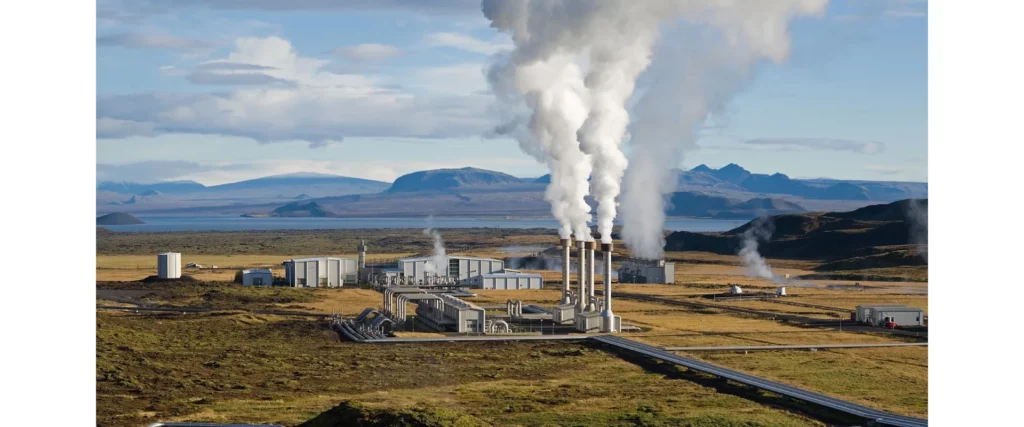
Navigating Challenges and Embracing Opportunities
While geothermal energy offers numerous advantages, it is not without its challenges. Addressing these effectively is key to unlocking its full potential.
Environmental Considerations
- Water Usage: Optimizing water use in geothermal plants, particularly in arid regions, is crucial. Closed-loop systems and water recycling practices are part of the solution.
- Land Use and Biodiversity: Careful site selection minimizes impact on local ecosystems, preserving biodiversity and ensuring the sustainable deployment of geothermal technology.
Policy and Investment
- Government Support: Policies promoting renewable energy investment, tax incentives, and subsidies are critical in accelerating geothermal energy adoption.
- International Cooperation: Global partnerships facilitate knowledge exchange, capacity building, and the scaling of geothermal energy solutions across borders.
The Road Ahead: Geothermal Energy’s Bright Future
The trajectory of geothermal energy is marked by promising advancements and an expanding role in the global energy mix. As technological barriers are overcome and investment increases, its contribution to clean, reliable energy systems worldwide will only grow.
Vision for the Future
- Integrating Geothermal into the Renewable Mix: Optimizing geothermal energy alongside solar, wind, and hydro, creates a robust, diversified renewable energy portfolio.
- Driving Innovation: Continuous research and development are essential in enhancing geothermal technologies, reducing costs, and increasing accessibility.
Final Reflections
Geothermal energy, with its profound benefits and untapped potential, stands as a testament to the sustainable use of our planet's natural resources.
It calls for a collective effort among governments, businesses, communities, and individuals to champion renewable energy, advocating for policies and practices that prioritize sustainability, equity, and long-term ecological health.
Together, we can harness the power of the Earth's heat to light the way toward a sustainable energy future, ensuring a healthier planet for future generations.
Source:
https://www.sciencedirect.com/topics/earth-and-planetary-sciences/geothermal-energy

